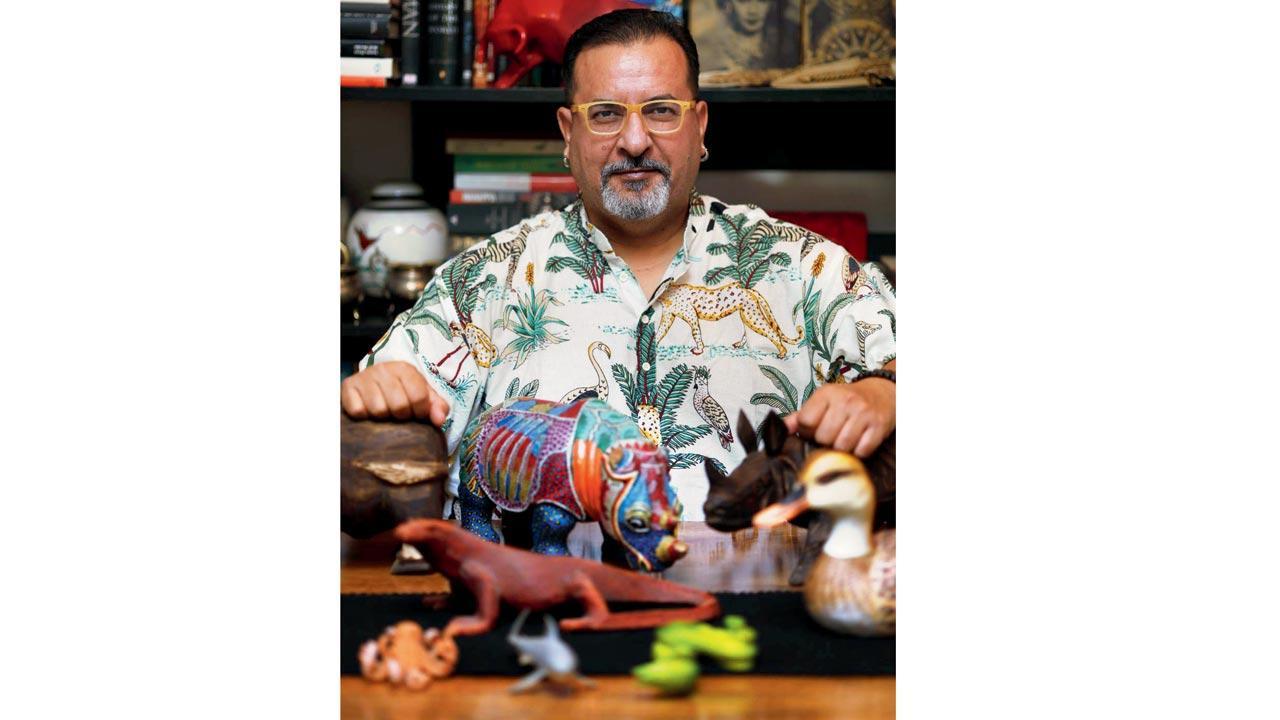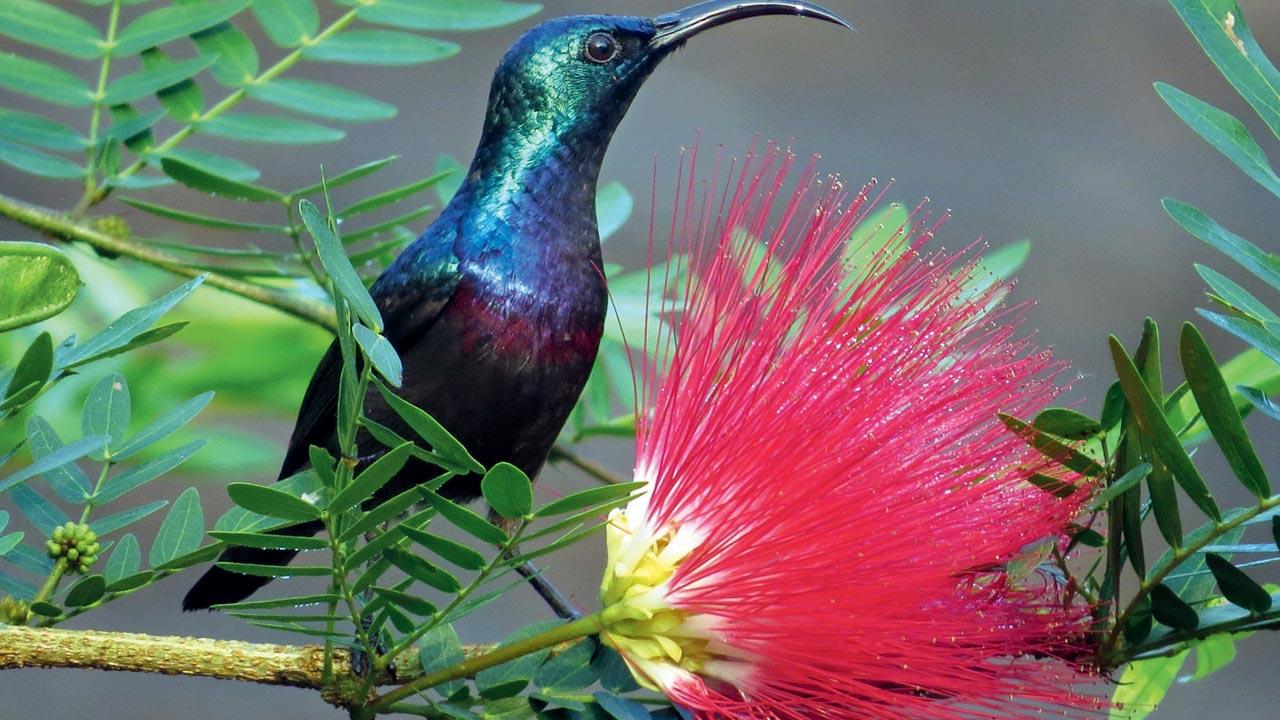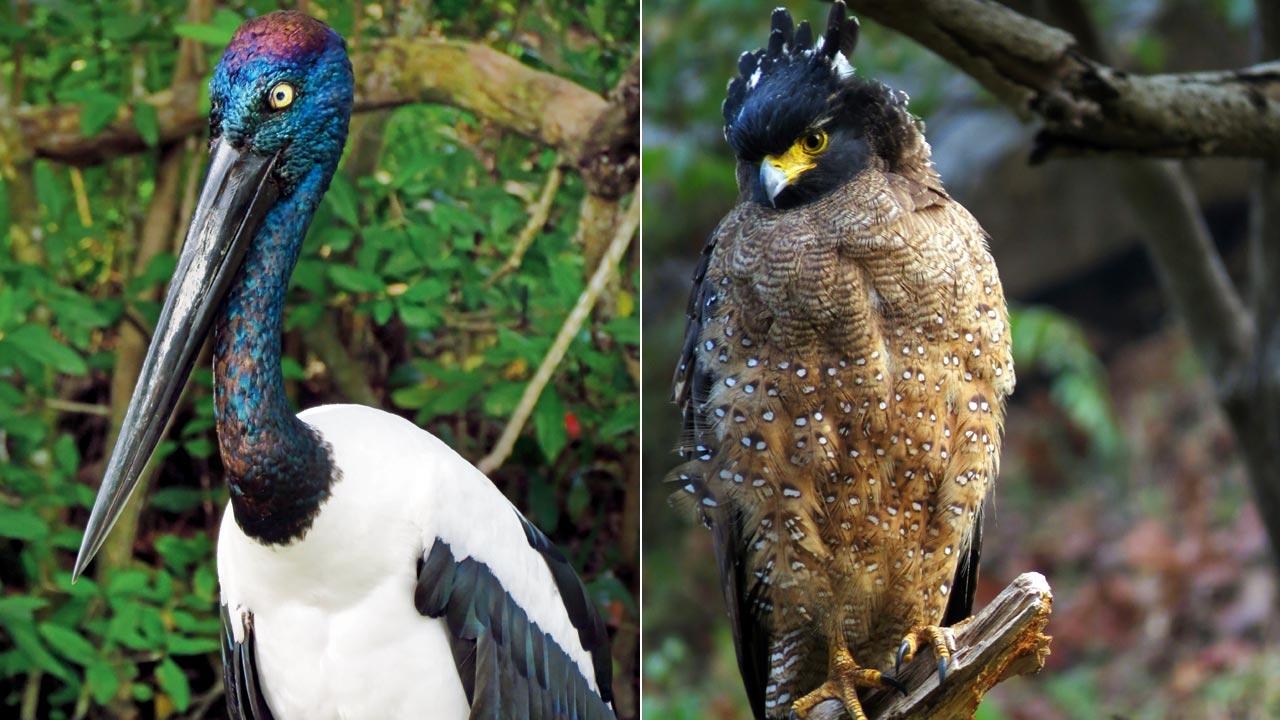Rocky Singh of Highway on My Plate fame has travelled as much in pursuit of nature as he has for his notorious devotion to food. He now has an ornithological archive of images of more than two thousand species

Rocky Singh says he has an abiding connection with nature that was forged during early fishing and camping trips with his uncle. Pic/Nishad Alam
In today’s day and age, most of us have a huge disconnect with ourselves, and with nature. To find a connect that keeps life a little real, it’s important to spend time with yourself. Being out in nature gives you the opportunity to do that with complete honesty. It lets you introspect about who you are, what you strive for, and what your life is becoming. These are powerful things that every human being should seek,” says food-travel show host and passionate outdoorsman Rocky Singh.
As a child in Delhi of the 1970s, Singh remembers his South Extension home surrounded by a scrub forest frequently visited in the rains by frogs, butterflies, snakes and monitor lizards. “Even wild boar and jackals lived around us.” Regular fishing and camping with family since he was five, he says, helped forge a lasting connection to the natural world. “In the summer, we’d go up to the hills, or down to Rajasthan in the winters. I have great memories of the outdoors, looking at the stars, observing how the winds change direction, and observing the habit of animals,” says Singh, who will be at the National Chambal Sanctuary soon to watch crocodiles, gharials and the Indian skimmer that nests there around this time.
ADVERTISEMENT
 Loten’s Sunbird, Goa, 2023
Loten’s Sunbird, Goa, 2023
While Singh was overcome early by the desire to photograph nature, back then, it was an expensive hobby for a young boy. It was not until the mid-‘80s that he got his own camera. “The most thrilling bit about taking photos of wildlife is that your connect with everything around is enhanced; every moment is highlighted,” Singh tells us. “So, if you’re going down to a place where you’re expecting to find a particular animal or bird, you have to know its habits, what time it could arrive to have a sip of water, how long it will stay; you have to know where the sun will be at that time. It’s a little game that you play with yourself where you are thinking quite like the animal or bird itself.” It’s powerful when the moment comes together, he admits, the way you had planned it, knowing “that you were able to connect to an animal that’s moving on pure instinct”.
He recollects an incident from when he was about 12 and a salt lick was discovered close to Nainital, bearing the promise of animal sightings. Barely two kilometres from where he was staying at the time, he had spotted a leopard that had arrived to lick the salt in the fading evening light. Although regretting the fact that technology wasn’t advanced enough to enable a picture from a distance, he recalls “the thrill of predictability, of being able to say that something is going to happen and making and seeing it happen”.
 Stork, Black Necked, USA, 2020; (right) Eagle, Crested Serpent, Ranthambhore, 2013
Stork, Black Necked, USA, 2020; (right) Eagle, Crested Serpent, Ranthambhore, 2013
Singh’s enduring passion has been to photograph birds. He has managed to build an archive of almost 900 photos of Indian birds, many of which he routinely shares on his handle @ornithophileind. The western tragopan, for instance, he tracked in the Great Himalayan National Park. “The best way to find these birds is to speak to local guides,” he offers. “They’re the regional experts who know where the birds live and what their habits are. They are a valuable resource that our country has, but doesn’t acknowledge. In the early 1970s, they used to be called ‘shikaris’, not because they shot, but because they would take you to where the animals were.”
Photographing birds has resulted in other memorable accidents such as the time when while waiting to get a clear shot of a pitta in Kaziranga, Singh found himself suddenly facing a massive male tusker that had stepped out of the forest. “There was this sort of stalemate for about 20 seconds when neither of us moved. And then I realised, this is too good an opportunity. So, I turned and started taking pictures, and the elephant sort of turned towards me and probably decided I wasn’t worth his time. He walked away. That moment stayed with me. I have some amazing photographs that remind me of how close he was.”
900
The number of photos of Indian birds Singh has archived from his travels across the country
 Subscribe today by clicking the link and stay updated with the latest news!" Click here!
Subscribe today by clicking the link and stay updated with the latest news!" Click here!








